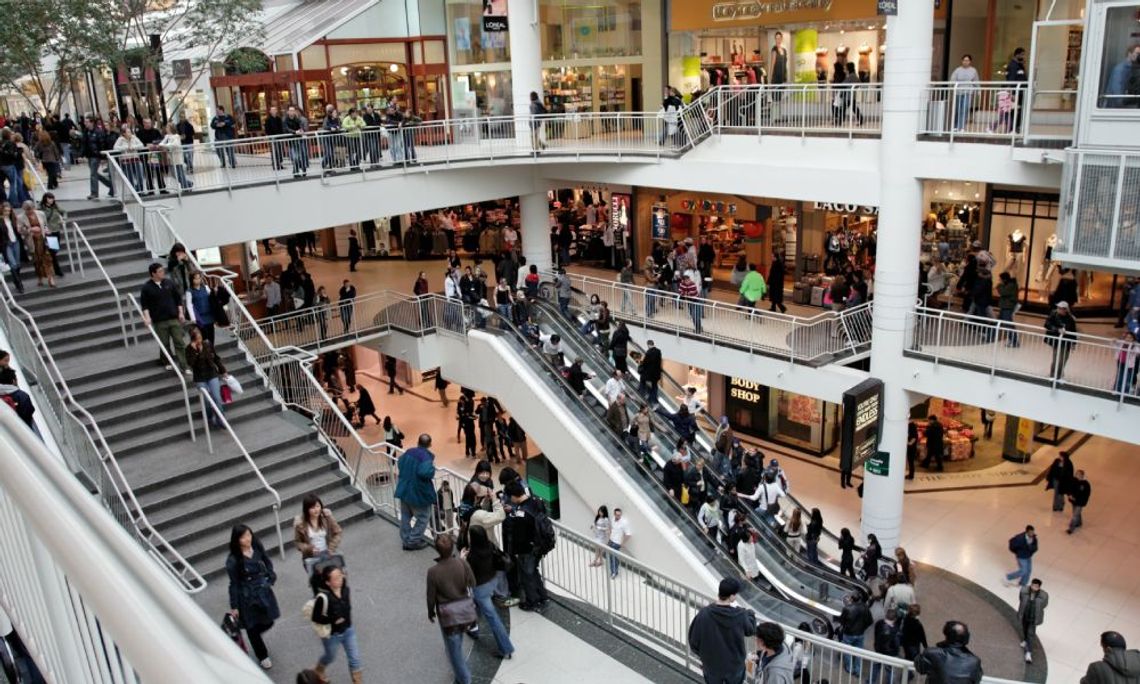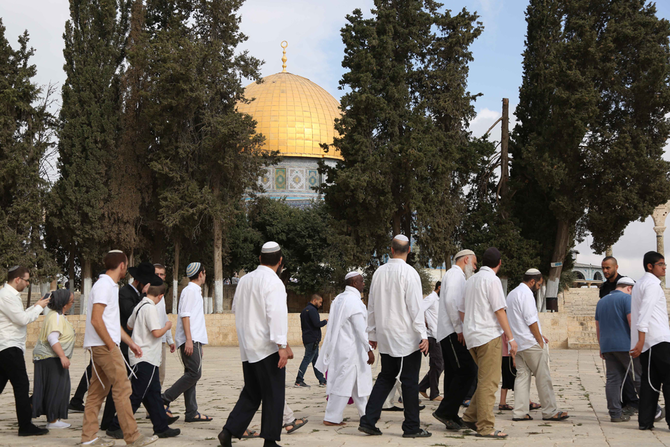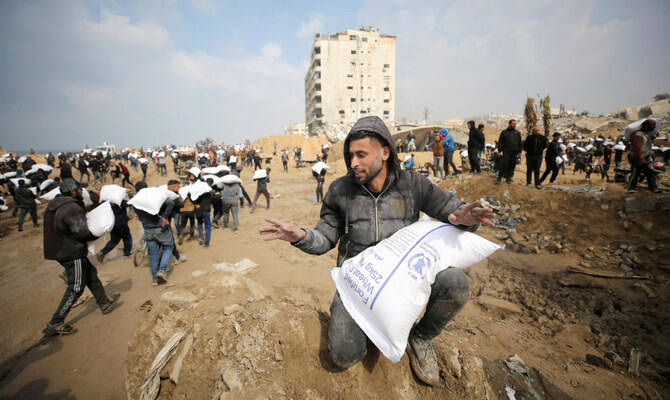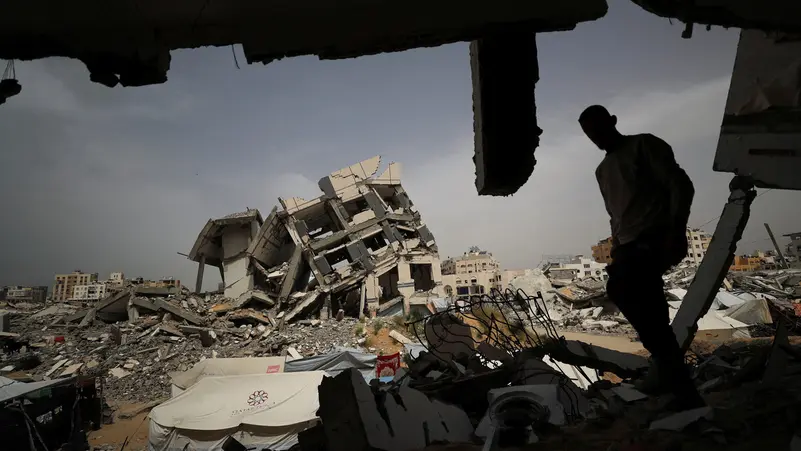Tripping hazards in malls can cause accidents and serious injuries like muscle sprains, fractures, and brain and spinal cord injuries. Some common reasons for people being injured from tripping in malls are spilled drinks and snow not being removed from parking lots. If the accident is due to the negligence of the mall owner, you can sue them for all damages suffered. Consult a slip and fall lawyer to explore your legal options. Here are three other common tripping hazards in a mall:
1. Uneven and Damaged Flooring
Tripping is usually caused by uneven floor surfaces like cracks, raised tiles, loose floorboards, and raised edges. If the floor levels are suddenly raised or lowered due to cracks or unmarked ramps, they can cause tripping. Your foot may hit the raised edge, throwing you off balance. Parking lot potholes and loose stair treads and rails increase the risk of tripping.
If you trip on a cracked tile at the mall, a slip and fall lawyer can help you file a claim against the property owner. Shopping malls are expected to fix floor issues or place clear signage to warn you of the potential problems. If mall management fails to meet this duty of care, they’re held liable for accidents and damages caused by the tripping hazards. You can sue them for medical bills, lost wages, pain and suffering, and other damages caused by the accident.
2. Obstructed Walkways
Obstacles in walkways can cause devastating trip and fall accidents. Such obstacles include misplaced merchandise, unattended carts, and loose cables or wires. Store displays, seasonal decorations, and floor debris may block walkways, creating trip hazards.
Carpets with wrinkles or loose edges can throw your foot off balance, causing slip and trip accidents. Malls are required to clear pathways and remove trash, unattended personal belongings, and other debris. They should secure unstable props, stands, and trailing cords and wires used for lights.
Improperly stacked display merchandise increases the risk of falling objects and collapsing shelves that can lead to tripping. Overcrowed areas or excessive decorations can limit what people see on the ground. This increases the risk of tripping on loose or trailing objects on the floor. Malls should control queues and install decorations and displays strategically to minimize overcrowding and visibility issues. If obstructions can’t be removed, the mall should place conspicuous warning signs to inform users of potential trip hazards.
3. Poorly Lit Spaces
Inadequate lighting makes it difficult to see potential hazards. Malls should install adequate lighting fixtures in stairwells, corridors, and other areas for proper visibility. They should inspect these areas for burned-out bulbs and shadows caused by poorly placed fixtures. Such issues must be fixed on time to prevent trip and fall accidents. If the lighting problem requires more time to fix, clearly visible warning signs should be used to caution users.
Shopping malls need proper directional signage for ramps and steps to protect users from accidentally stepping off the raised surfaces. The signs must be properly lit to enable users to read the instructions without straining their eyes. Signs should be placed from all accessible directions so everyone can see them. If decorative lighting fixtures are used, they must provide sufficient light or be used alongside functional lighting to keep all spaces well-lit.
Find a Reputable Slip and Fall Lawyer Today
Tripping can send you to the emergency room and leave you with serious injuries. You should be cautious when visiting a mall, paying attention to all warning signs and flooring conditions to prevent accidents. If you’re injured, seek medical help and speak to a lawyer immediately. Contact a slip and fall lawyer today for case evaluation, investigation, and legal representation.





